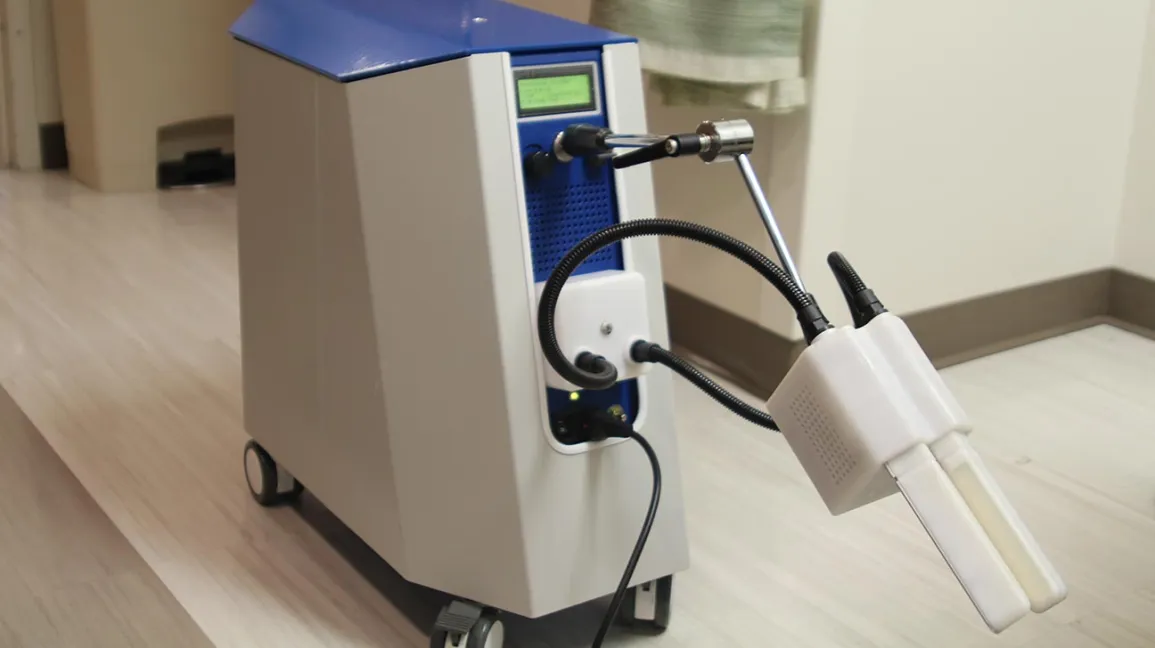4 Common Types of Erectile Dysfunction That Shockwave Therapy Can Treat
According to the National Institute of Diabetes and Digestive and Kidney Diseases, erectile dysfunction (ED) is a common condition affecting more than 35 million American men. Often called impotence, erectile dysfunction is characterized by the inability to achieve and maintain a firm erection that delivers a satisfactory sexual experience. Although ED is most prevalent among older men, it may not be a normal part of aging. Therefore, seek immediate diagnosis and treatment from an Atlas men’s clinic if you have ED. Remember that without an urgent and effective address of your erectile dysfunction, you become at higher risk of a frustrating sexual life, loss of sexual desire in your relationship, low sexual self-esteem, and inability to impregnate your partner.
For instance, if ED makes you fail to impregnate your partner or spouse and you lose sexual desire, that can strain your relationship, even leading to its failure and divorce.
One of the leading treatments your health provider may recommend for addressing erectile dysfunction is shockwave therapy. Also called acoustic wave therapy, shockwave therapy involves exposing the penis tissues to electric pulses or waves, stimulating blood flow in the penis. That makes it much easier to achieve and maintain an erection.
Subsequently, below are the common types of erectile dysfunction you can get relief from through shockwave therapy.
1.Vasculogenic erectile dysfunction
As the most common form of ED, vasculogenic erectile dysfunction results from the narrowing and blockage of blood vessels that convey blood to and from the penis.
The blocking and narrowing of veins and arteries surrounding your penis are often due to blood flow and cardiovascular problems.
Vasculogenic ED may come from obesity, diabetes, high cholesterol levels, high blood pressure, peripheral arterial disease (PAD), and coronary artery disease.
For example, coronary artery disease occurs because of plaque buildup in the walls of arteries, which are blood vessels transporting oxygen-rich blood to the heart.
Shockwave therapy may help activate the growth and release of hormones that play a vital role in creating new arteries in the penis.
2.Psychogenic erectile dysfunction
As its name suggests, this particular type of ED results when you have mental health issues and illnesses, including anxiety, stress, guilt, low self-esteem, relationship issues, or depression.
According to Verywell health, there is about a 40% likelihood that your impotence issue is due to psychological problems.
3.Neurogenic erectile dysfunction
If you have a neurogenic erectile dysfunction (ED), you cannot get or maintain a normal erection because you have an impaired nervous system.
Naturally, your arousal occurs because sexual imagery or stimulation makes nerves in your brain, spinal cord, and pelvic region convey impulses to the erectile tissue in your penis.
The impulses trigger more supply of blood to your erectile tissues, which makes them expand and cause an erection.
Prostate or bladder surgery, injuries, diabetic neuropathy, multiple sclerosis, or Parkinson’s disease may cause nervous impairment.
4.Peyronie’s disease
Also known as penile scarring, Peyronie’s disease is a non-cancerous condition characterized by fibrous tissue forming on the penis. Thus, the penis has a significant curve that may cause painful erections and interfere with your sexual function.
Shockwave treatment can help regenerate blood vessels and enhance the healing of damaged blood vessels in the penis.


